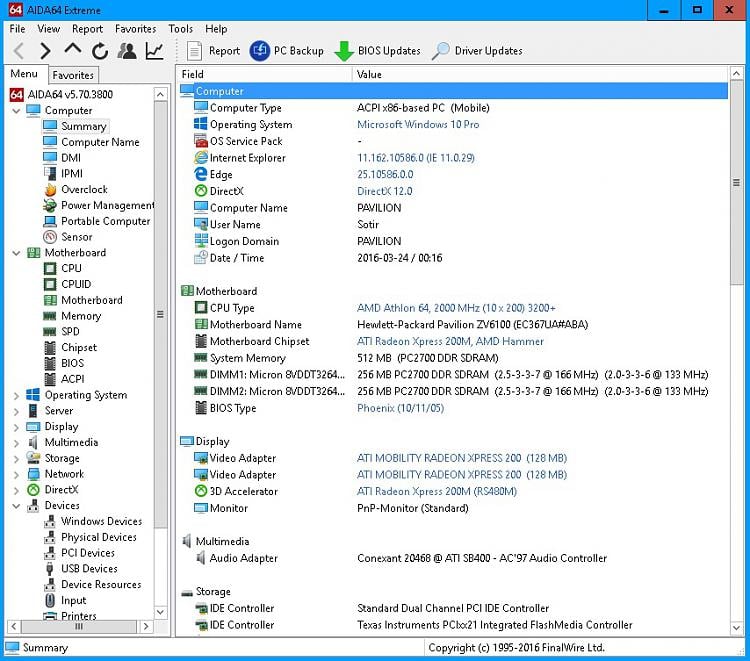

10.16 AMD Ryzen / BIOS updates (AGESA) yields "Error: internal error: Unknown PCI header type ‘127’".10.15 Bluescreen at boot since Windows 10 1803.10.13 Host lockup if guest is left running during sleep.10.11 Passthrough seems to work but no output is displayed.10.9 Chromium ignores integrated graphics for acceleration.10.8 X does not start after enabling vfio_pci.

10.7 No HDMI audio output on host when intel_iommu is enabled.10.6 Slowed down audio pumped through HDMI on the video card.10.5 UEFI (OVMF) compatibility in VBIOS.10.4 "BAR 3: cannot reserve " error in dmesg after starting VM.10.3 "Error 43: Driver failed to load" with mobile (Optimus/max-q) nvidia GPUs.10.2 QEMU 5.0: host-passthrough with kernel version 5.5 to 5.8.1 when using Zen 2 processors: Windows 10 BSOD loop 'KERNEL SECURITY CHECK FAILURE'.10.1 QEMU 4.0: Unable to load graphics drivers/BSOD/Graphics stutter after driver install using Q35.8.6.1 Passing through a device that does not support resetting.8.4.2.1 Configuring the Windows guest for IVSHMEM.8.4.2 Adding the IVSHMEM device to use Scream with IVSHMEM.8.4.1 Using Scream with a bridged network.8.4 Passing VM audio to host via Scream.8.3 Passing VM audio to host via JACK and PipeWire.8.2 Passing VM audio to host via PulseAudio.6.5 Bypassing the IOMMU groups (ACS override patch).6.4 Swap peripherals to and from the Host.6.3.2 Installing the IVSHMEM Host to Windows guest.6.3 Using Looking Glass to stream guest screen to the host.6.1.1.3 Passthrough IOMMU Group based of GPU.6.1.1.1 Passthrough all GPUs but the boot GPU.6.1 Using identical guest and host GPUs.5.1.2.3 4c/2t AMD CPU example (Before ComboPi AGESA bios update).5.1.2.2 4c/2t Intel/AMD CPU example (after ComboPI AGESA bios update).5.1.2.1 4c/1t CPU w/o Hyperthreading Example.4.6.1 Using a non-EFI image on an OVMF-based VM.4.4 Video card driver virtualisation detection.3.3 Verifying that the configuration worked.2.3.1 Plugging your guest GPU in an unisolated CPU-based PCIe slot.


 0 kommentar(er)
0 kommentar(er)
